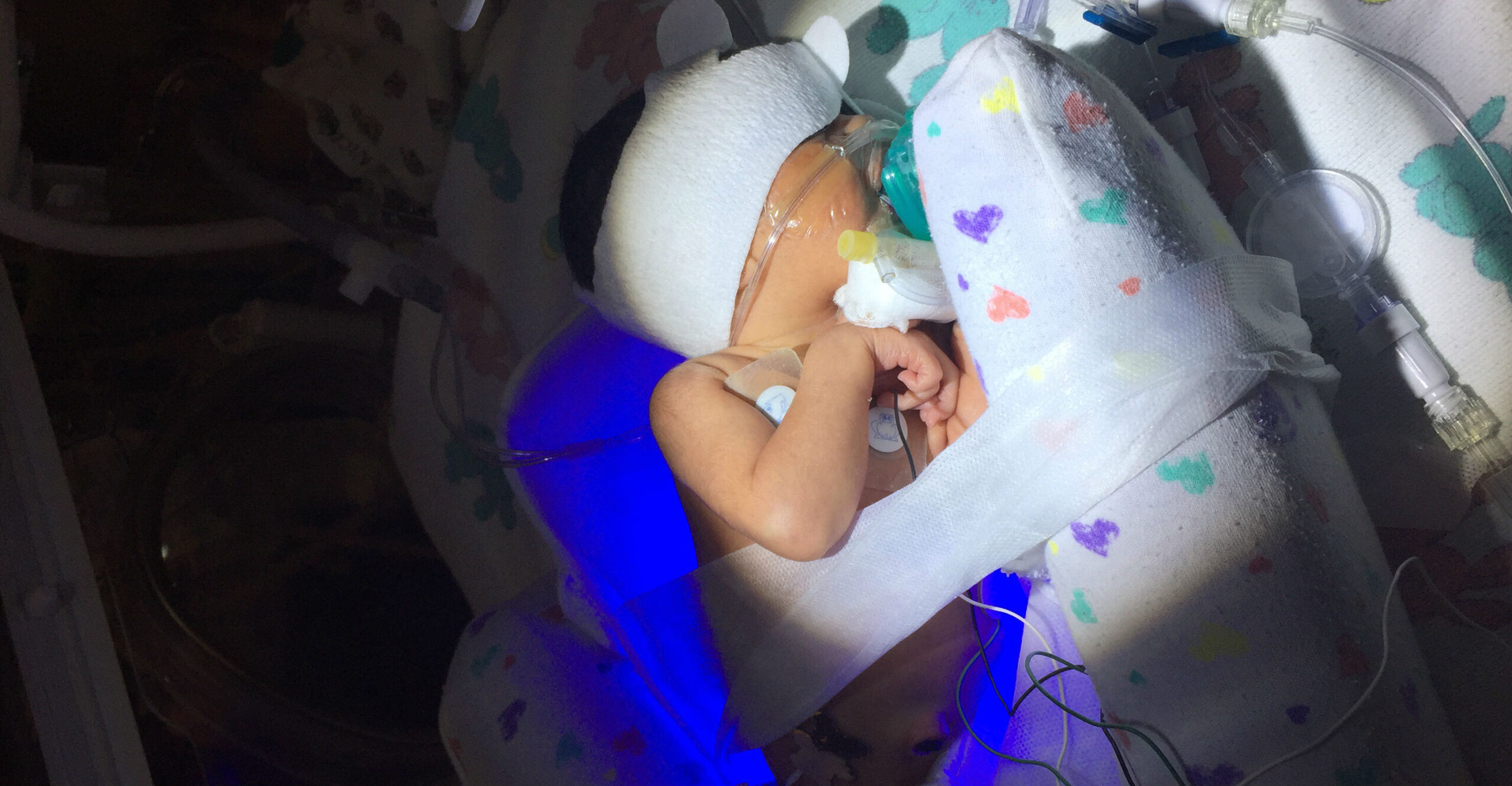
When I was pregnant with my first baby, I decided to opt for a home birth. The idea of being in my own peaceful surroundings appealed to me, and since I was healthy and the pregnancy was going well, the midwives were happy to support me in the decision.
My son arrived at 37 1/2 weeks. The birth went well and, despite being a little earlier than anticipated, he was a good weight and at the top of the APGAR scores. So far, so good. The midwives left us to bond as a new family.
I didn’t have any experience with babies at that point, and although I’d read books and knew how to breastfeed, no one had told me how often to breastfeed him. I assumed that he would simply wake up and let me know when he was hungry. Supply and demand, right?
A midwife popped in once a day for the next three days to see how we were doing. He was sleepy and not feeding much, but I counted my blessings that I had such a quiet, undemanding baby.
Then around day three, the midwife suddenly turned to me and said, "He’s turned a bit yellow." It was a complete shock, particularly when she followed it up with, "He needs to go to hospital."
She explained that he had jaundice, which if left untreated, could have potentially serious consequences. She also told me that I could have helped him avoid it, had I given him more feeds.
Looking back, it’s entirely possible that I could have prevented the jaundice from developing in the first place if I’d known a little about it prior to having my baby.
So, we both ended up in hospital—something I’d really hoped to avoid. Luckily, treatment is generally straightforward and effective. The staff were fantastic, quickly treating him to break down the bilirubin—the substance which causes jaundice—by a combination of light treatment and increased feedings. Looking back, it’s entirely possible that I could have prevented the jaundice from developing in the first place if I’d known a little about it prior to having my baby.
The disorder is incredibly common, with over half of babies having at least a little jaundice in the first week of life, rising to 80 percent in premature babies, so why aren't more OBs or birthing classes talking about it?
Knowing what I know now, if this were to happen to me again, I’d ask the doctors to treat him at home. It’s possible to set up special blue spectrum lights or use a fiber-optic blanket under medical supervision, but without the need to go to a hospital. Provided I made sure his eyes were covered and he was warm enough during the treatment, medical staff might have let me keep him in his own surroundings.
I would also have woken him up and offered him more feedings. This would've helped clear the jaundice from his system faster.
Medical help should always be sought if you suspect jaundice. It's something that can usually be dealt with quickly and easily, but I can't help but wonder if by offering regular feeds and watching for any slight yellowing in my baby’s skin, I could have avoided it completely or at least treated it as early as possible to minimize the effects. I'll never know, but I hope by sharing my story, some other expecting mom out there will be armed with the knowledge to make the best decisions for herself and her sweet little bundle.



